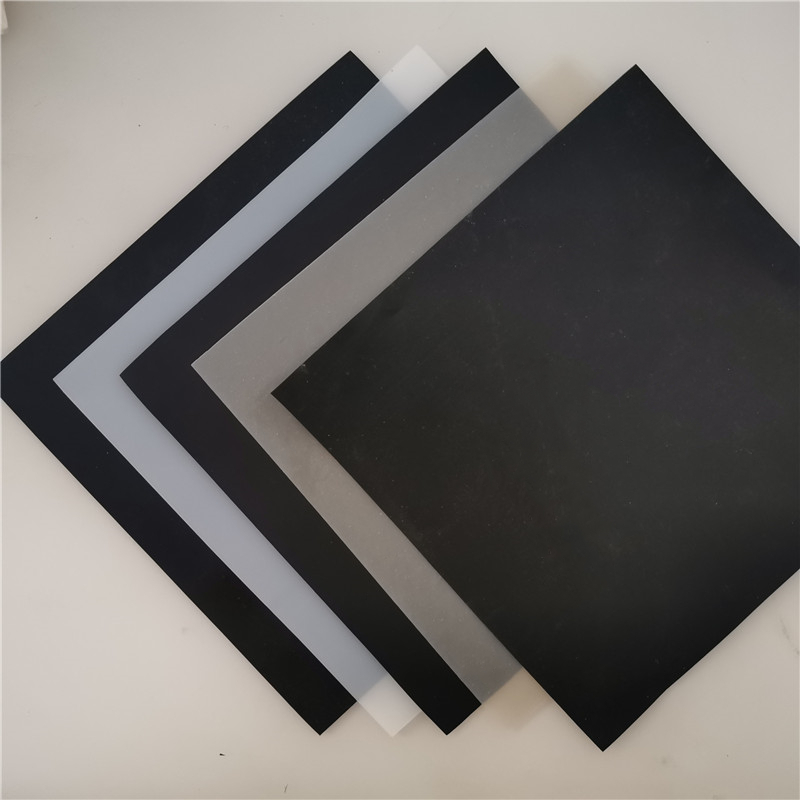详细内容:

Construction steps and techniques of three-dimensional vegetation nets
Three-dimensional geonet pads are a stable three-dimensional net structure formed by bonding single or multiple layers of plastic concave-convex nets and planar nets after hot melting. The surface layer has an uneven appearance, and the material is loose and flexible, leaving more than 90% of the space for filling soil and sand grains. The bottom plane net has the characteristics of low elongation and high strength, and plays a role in preventing the slope from sliding down.
The root systems of plants can comfortably and evenly pass through the entire geotextile pad, reaching a depth of 0.5 to 2 meters underground. In this way, the vegetation, the pad and the soil form a firm composite mechanical interlocking system. This composite system has good flexibility and will settle along with the slope when it experiences settlement, without causing it to be suspended. It is a relatively long-lasting slope protection method.
The application effect of three-dimensional vegetation nets
The solid effect is very obvious. Experiments have proved that before the turf is formed, when the slope Angle is 45 degrees, the soil fixation resistance rate of the three-dimensional geonet pad is as high as 97.5%, and when the slope Angle is 60 degrees, its resistance rate is still as high as 84%. Even when the slope Angle is vertical, the resistance rate can still be as high as 60%. That is to say, on the vertical slope where soil should not or cannot be retained, due to the existence of the net pad, 60% of the soil can still be retained and blocked. Therefore, the three-dimensional geonet has a very good soil fixation effect, far superior to the flat net, and is an updated product of the flat net.
2. Before the turf grows, the net mat can protect the slope from wind and rain erosion.
After the grass seeds are sown, the net mat can firmly protect them from being blown away by wind and rain and ensure their even distribution on the slope.
After the turf grows, it forms a firm composite mechanical interlocking system with the net pad and soil, which can prevent the attack of heavy rain and strong wind, and can withstand the impact of high water level and large flow, replacing concrete, mortar rubble and other materials as a permanent slope protection layer.
5. Due to the rough and uneven surface of the net pad, countless small vortices are generated on the surface of the net pad by wind and water flow, which can play a role in energy dissipation and promote the deposition of the carried materials in the net pad.





